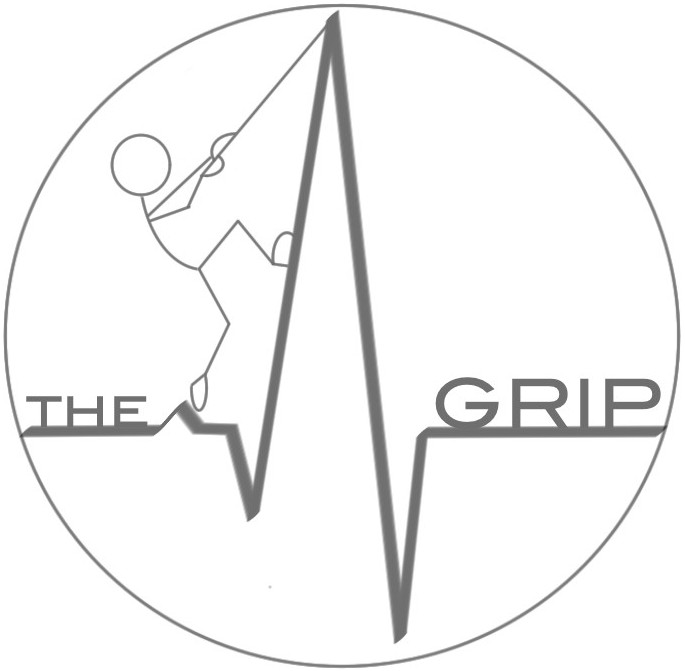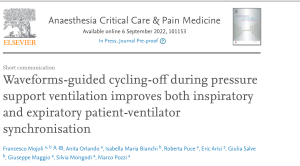Waveforms-guided cycling-off during pressure support ventilation improves both inspiratory and expiratory patient-ventilator synchronisation
Can we improve patient-ventilator interaction with waveform analysis? Have a look to this prospective randomised crossover study on Anaesthesia Critical Care & Pain Medicine.
Abstract
Objective
To test the performance of a software able to control mechanical ventilator cycling-off by means of automatic, real-time analysis of ventilator waveforms during pressure support ventilation.
Design
Prospective randomised crossover study.
Setting
University Intensive Care Unit.
Patients
Fifteen difficult-to-wean patients under pressure support ventilation.
Interventions
Patients were ventilated using a G5 ventilator (Hamilton Medical, Bonaduz, Switzerland) with three different cycling-off settings: standard (expiratory trigger sensitivity set at 25% of peak inspiratory flow), optimised by an expert clinician and automated; the last two settings were tested at baseline pressure support and after a 50% increase in pressure support.
Measurements and main results
Ventilator waveforms were recorded and analysed by four physicians expert in waveforms analysis. Major and minor asynchronies were detected and total asynchrony time computed.
Automation compared to standard setting reduced cycling delay from 407 [257-567] to 59 ms [22-111] and ineffective efforts from 12.5% [3.4-46.4] to 2.8% [1.9-4.6]) at baseline support (p < 0.001); expert optimisation performed similarly. At high support both cycling delay and ineffective efforts increased, mainly in the case of expert setting, with the need of reoptimisation of expiratory trigger sensitivity. At baseline support, asynchrony time decreased from 39.9% [27.4-58.7] with standard setting to 32% [22.3-39.4] with expert optimisation (p < 0.01) and to 24.4% [19.6-32.5] with automation (p < 0.001). Both at baseline and at high support, asynchrony time was lower with automation than with expert setting.

